Explained – color meaning in cycling

While the majority of amateur athletes choose their clothing sets and accessories by mood or personal preferences, it turns out there are some ground rules or the so-called unwritten rules of colors that you can or cannot put on a cycling jersey. Moreover, there is a science and research behind some colors that tend to guarantee better results on your performance, while other colors can do the opposite. There are fashion trends in cycling clothing, as well as the message you can give by choosing a specific color on your kit. This time we’ve decided to take a look at the story behind some top colors and the ‘’no-go’’ clothing items for a cyclist.
Colours to avoid
Let’s start by setting the ground rules.
The first golden law - avoid white bibs or shorts. The simple reason for that - white lycra is quite see-through, especially when wet. There have been some exceptions or attempts to ignore the rule by Peter Sagan who really ‘’pulled-off’’ white shorts in 2015

and Mathieu van der Poel who went for the super sneaky move in 2019, claiming he chose to wear white as a tactical distraction.

To conclude- in case you decide to go for all-white cycling kit, make sure it’s not raining.
The second thing to avoid - yellow, polka dots or green jerseys.
These are the jerseys you have to earn by sweat, dedication, strength, years of practice and sacrifice. The iconic winner shirts from Tour de France each represent a winning stage of the race - yellow shirt goes for the overall winner of the race, polka dot goes to the leader of the Mountains Classification, otherwise known as King of the Mountains, but green jersey goes to the leader of the Points Classification.

Fashion trends for 2022
Moving forward with the fashion trends - if 2021 was the year of purple shades in cycling outfits, then this year comes with pink orchid and yellow shades.


Color meaning in your sports clothing
Color therapists and psychologists have researched colors and the human psyche for decades. Their findings state that colors have had a deep impact on humans, dating back to thousands of years. The colors we like and wear often give an insight into our personality. It is no wonder that colors change how we feel and uplift our mood. Not surprisingly, sports therapists and researchers have also studied colors in an attempt to find out how and if colors influence the results. Research on sport colors has garnered a great deal of attention ever since Frank and Gilovich found in 1988 that teams in black were found to be more malevolent or intimidating than teams in non-black.
Red
Red is the best color for sports as it represents energy and vitality. Similarly, in the book Power of Color by Robert Gerard, red and other colors like yellow and orange spark energy and enthusiasm. Red in sports also increases athletic performance.
In the arena of sports, the color red has been proven to put athletes at a distinct advantage. Samford University research found that both male and female athletes in red scored significantly higher in aggression and dominance than the athletes in blue or gray.
The red jersey also signifies the Most Aggressive Rider or Most Combative classification for several stage races including Tour of California, and, if we may add, people wearing red are most likely to be the first ones to always get in line for coffee.

Blue
Blue is a calming color in sports. It represents a team or individual that is honest, calm, truthful, and sincere. The color can have a calming effect on the team players as well as opponents. However, as per the study that was done in the 2004 Olympics mentioned above, blue could reduce one’s chances of winning at combative sports.

Black
As we mentioned before, research showed that teams in black were rather intimidating than those in other colors.
Apparel designer Soudi Masouleh, who has worked on collections for everyone from sportswear giant Nike to Eddy Merckx, says that black is intrinsically cool. “We all associate black with expertise and seriousness as well as style and sobriety. Black has that ninja-ish image: it’s precise, understated and failsafe. And now that reflective clothing has moved on, all-black kit can be made to stand out just as much in the dark as brighter kit. (Source: bikeradar.com)
Black, charcoal and dark navy are also less likely to look revolting with muddy splashes on. They won't stain, and don't date in the way that coloured kit might.

Yellow
Yellow is the radiant and energetic color of sunshine and warmth. It’s hard to find an individual who would not feel cheered and comforted when surrounded by vibrant yellow. This is also applicable to sports. Yellow makes for one of the best sports dress colors as it helps where mind power is needed. Many countries use yellow as their official sports jersey color. Studies show that yellow is associated with cheerful, enthusiastic, vibrant, exciting, and stimulating. It is almost never associated with ‘despondent’ or ‘unhappy’. In short, it is one of the best colors for lifting spirits and letting the sunshine in. ( Source: colour-meanings.com)

Clearly, there should be a disclaimer added here stating that no, red color won’t make you instantly aggressive, and yellow color can’t cure a depression (but a good bike ride can) or make you forget about a bad day, but the colors can have an impact on your consciousness and in that way can alter your results or the way you feel.
When creating our clothing collection, we tried combining these top colors with amazing patterns and different designs and personalities to add a spin to the casual one-coloured cycling clothing.
We do hope this blog gave you a new insight in the clothing and color meaning, leave a comment below if you have something to add or share!
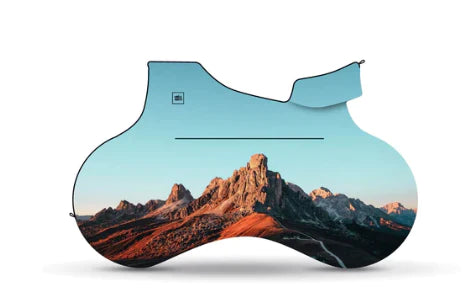
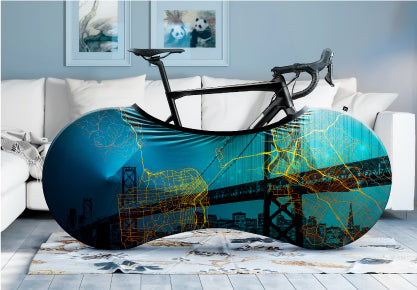
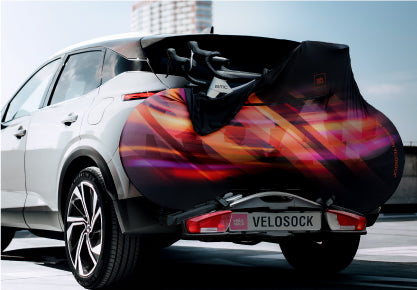
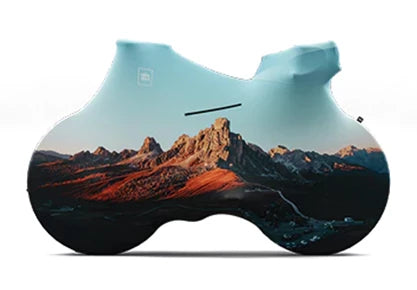


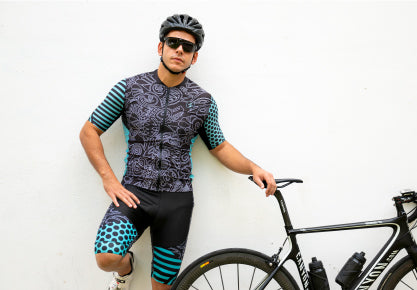
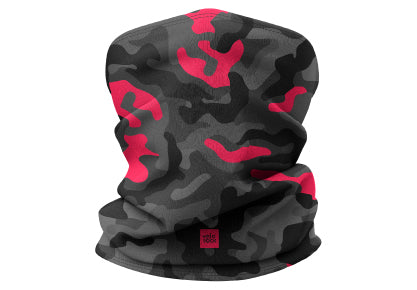


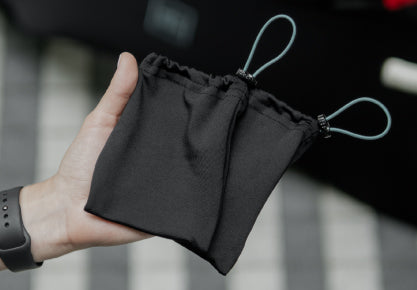
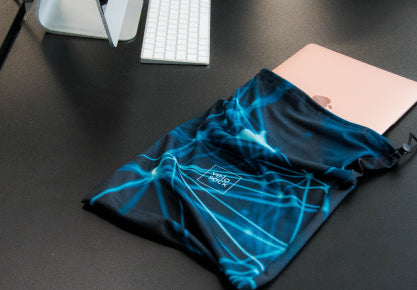
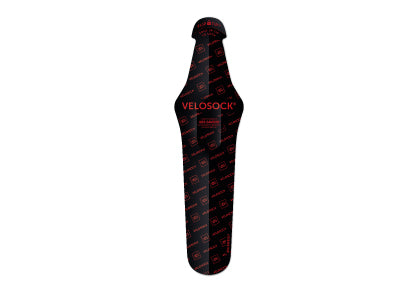
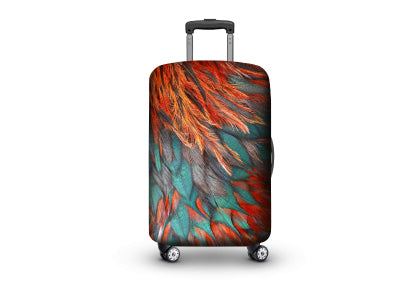















Leave a comment